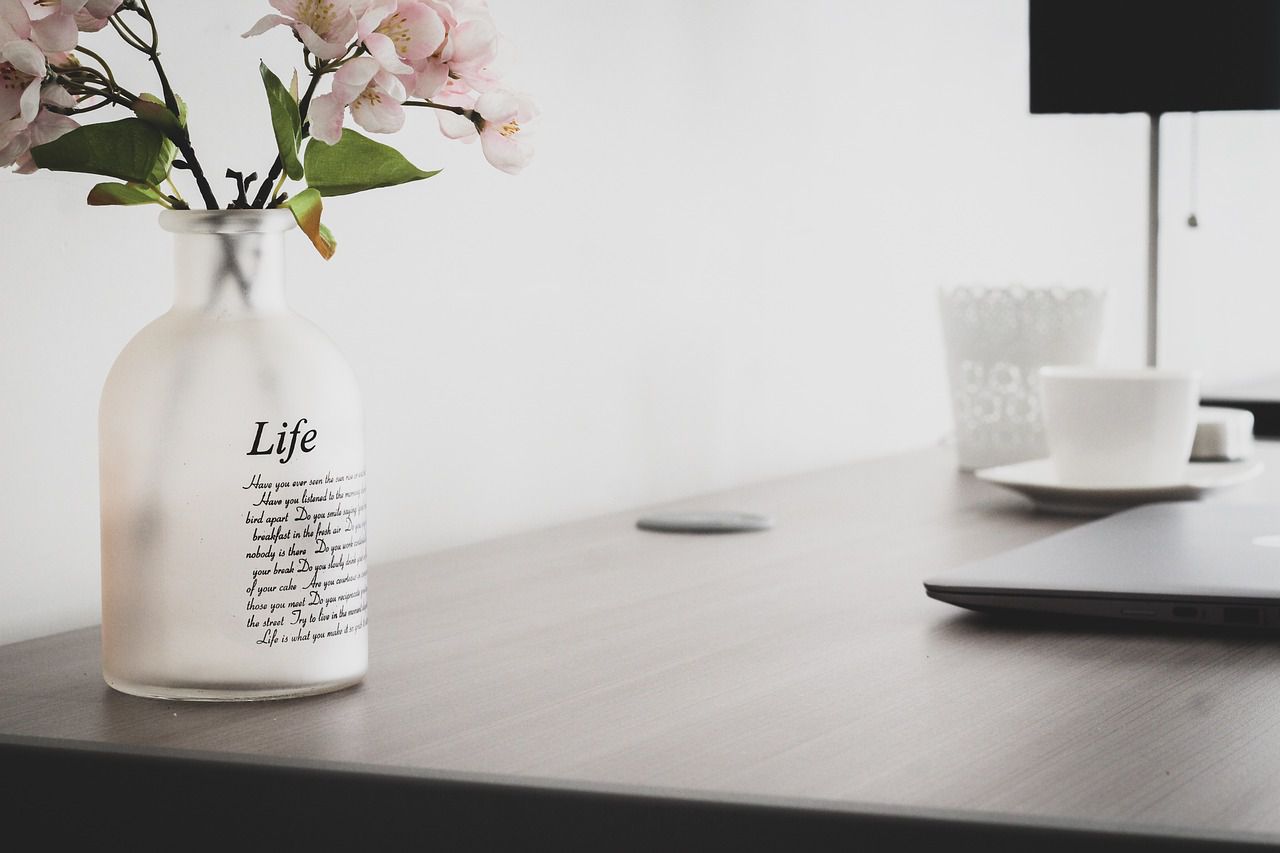If you work remotely, then you probably have a convenient workplace in your house where you can concentrate and be productive.
The thing is, this place is better to be separated from the resting zones of your house, or you won't be able to work or rest properly.
Here's how you can achieve that.
Designate a Specific Work Area
Choose a particular spot or room in your home where you'll do your work. This area should be as quiet and free from distractions as possible.
It could be a spare room, a corner of your living room, or a specific desk.

Organize Your Work Supplies
Keep all your work-related items in this workspace. This includes your computer, important papers, pens, and any work-related materials.
Avoid spreading work items into other parts of your home.
Establish Clear Boundaries
Make it clear to your family or housemates that when you're in your workspace, you're working.
This helps create a mental boundary between work and relaxation.
Create a Relaxation Area
In contrast, have a comfortable and relaxing area in your home where you can unwind.
This could be a cozy chair, a sofa, or your bedroom – a place where you can rest and enjoy your free time.
No Work in the Relaxation Area
Try not to bring work-related items into your relaxation space. This helps you mentally disconnect from work when it's time to relax.
Use Visual Separation
You can create a visual separation between your workspace and relaxation area using room dividers, curtains, different colors on the walls, or even plants.
These visual cues help reinforce the boundary.
Conclusion
By following these detailed steps, you can effectively separate your work and relaxation spaces in your home.
This helps you maintain a healthy work-life balance and stay productive while still enjoying your leisure time.









